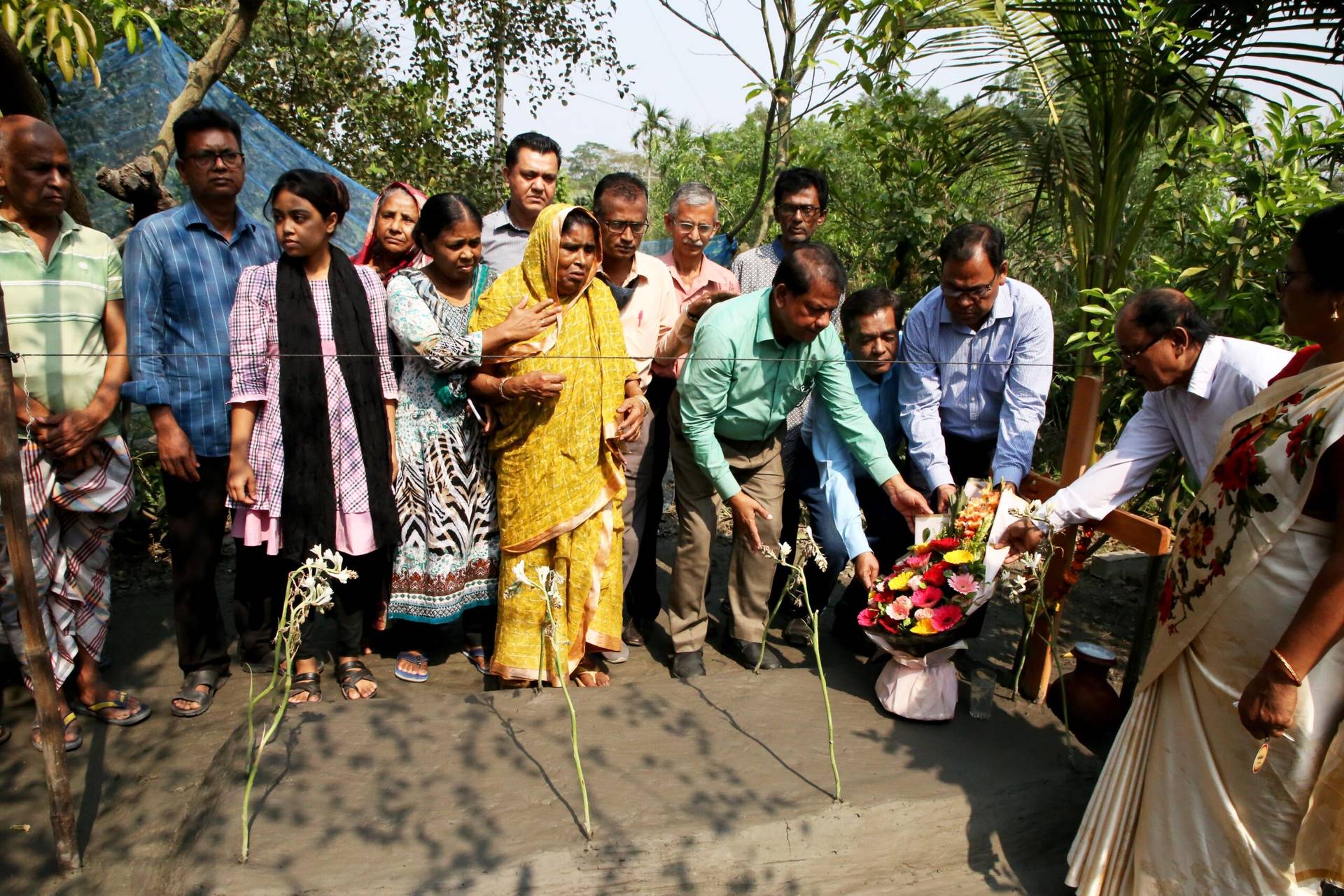ROME – More often than you might think, journalists find themselves covering a story we personally think is important, but which we suspect won’t be of great interest to a broad audience. The question in such a situation is, do we just forget about it? Or, do we find a way to draw an audience to the story, even if it may be a little artificial, hoping that once people are in the door they’ll get the point?
That choice presented itself to Crux this week, when my colleague Claire Giangravé and I covered a conference at Rome’s Urban University dedicated to the urgent challenges facing both the Democratic Republic of Congo and South Sudan. It was sponsored by the Vatican’s Dicastery for Promoting Integral Human Development, several groupings of religious orders, and a number of other Catholic organizations.
It amounted to a major show of Catholic, and specifically Vatican, support for two of the most impoverished and violence-torn societies in Africa, with speaker after speaker blending heart-wrenching personal accounts of the suffering they had witnessed with policy arguments as to why the world ought to pay more attention to the agonies unfolding there.
Cardinal Peter Turkson of Ghana, who heads the dicastery and who’s currently the Vatican’s highest-ranking African prelate, vowed that Catholics would remain on the front lines of struggles to defend the safety and dignity of the people of Congo and South Sudan.
“The Church is always where its children are,” he said.
RELATED: In wake of Trump furor, Vatican delivers show of solidarity for Africa
For sure, Congo and South Sudan both present urgent humanitarian crises, and they deserve far more coverage than they get. The question is, how do you get a broad audience to care, especially one that’s largely (though certainly not exclusively) based in the United States?
Right now, the logic of the American media market is that there’s really only one story that moves the needle, and that’s U.S. President Donald Trump – the never-ending theater of his personality, and the controversies constantly exploding around him, basically serve to blot every other narrative out of the sky.
As a result, American journalists these days are often faced with a very simple choice – either find a way to connect a story to Trump, or find something else to talk about.
Fortunately, such a connection presented itself fairly readily with regard to the Rome conference, because it came just one week after the furor that broke out when Trump reportedly used a crude obscenity to disparage African nations, sparking, among many other reactions, the African Union issuing a formal demand for an apology.
Of course, Trump has disputed those reports of his language, and there are differing accounts of what was said from people who were in the room. At the level of public image, however, the contrast between Washington and Rome seemed clear – around more or less the same time, one institution was projecting indifference to Africa, the other strong friendship and concern.
Also adding logic to the connection is the fact that U.S. Ambassador to the Holy See Callista Gingrich apparently was a last-minute addition to the lineup of the Rome event on Jan. 18, since her name was not on the original program. One can presume that Gingrich, who used the occasion to applaud the “fearless leadership” of the Catholic Church in Congo and South Sudan and pledged the “full support” of the United States, saw timeliness in having a forum to say something positive about the U.S./Africa relationship.
Still, there are a few reasons why linking what happened in Rome and what happened a week before in Washington was something of a stretch.
First of all, the Jan. 18 event obviously was in the works well before the Trump contretemps broke out on Jan. 11, so it wasn’t a “response.” To connect them anyway is sort of a journalistic form of post hoc ergo propter hoc.
Moreover, everybody involved in the event has been committed to peace and development in Africa for a very long time, in season and out. The danger is that people might think this was a cosmetic, last-minute exercise intended only to rebuke the White House, which could damage the reputations and credibility of those who put it together.
Finally, there’s also a certain typically American narcissism implied in assuming that everything that happens in Rome must somehow be related to the latest storyline in the U.S. It’s often hard for Americans to remember that we’re home to only about six percent of the world’s Catholic population, and the Vatican and the Church have far broader horizons.
All that said, Journalism 101 tells us that when something happens is as much a part of the story as why, who, and how. To pretend otherwise is to ignore how both news cycles, and the human mind, actually work.
More importantly, what’s happening in Congo and South Sudan today, including the heroic contributions of Catholic actors in those two nations, really does merit far more attention than it’s received. You can make an argument that almost any piece of journalistic legerdemain is justified if it casts a spotlight on a story which, for the most part, is passing tragically untold.
In other words, we hitched a ride on the Trump rollercoaster, knowing it may have been a little artificial, but also knowing it’s a great way to buy perhaps the most precious commodity of all in an information-saturated world – attention.
Bottom line is, here’s hoping it works.















